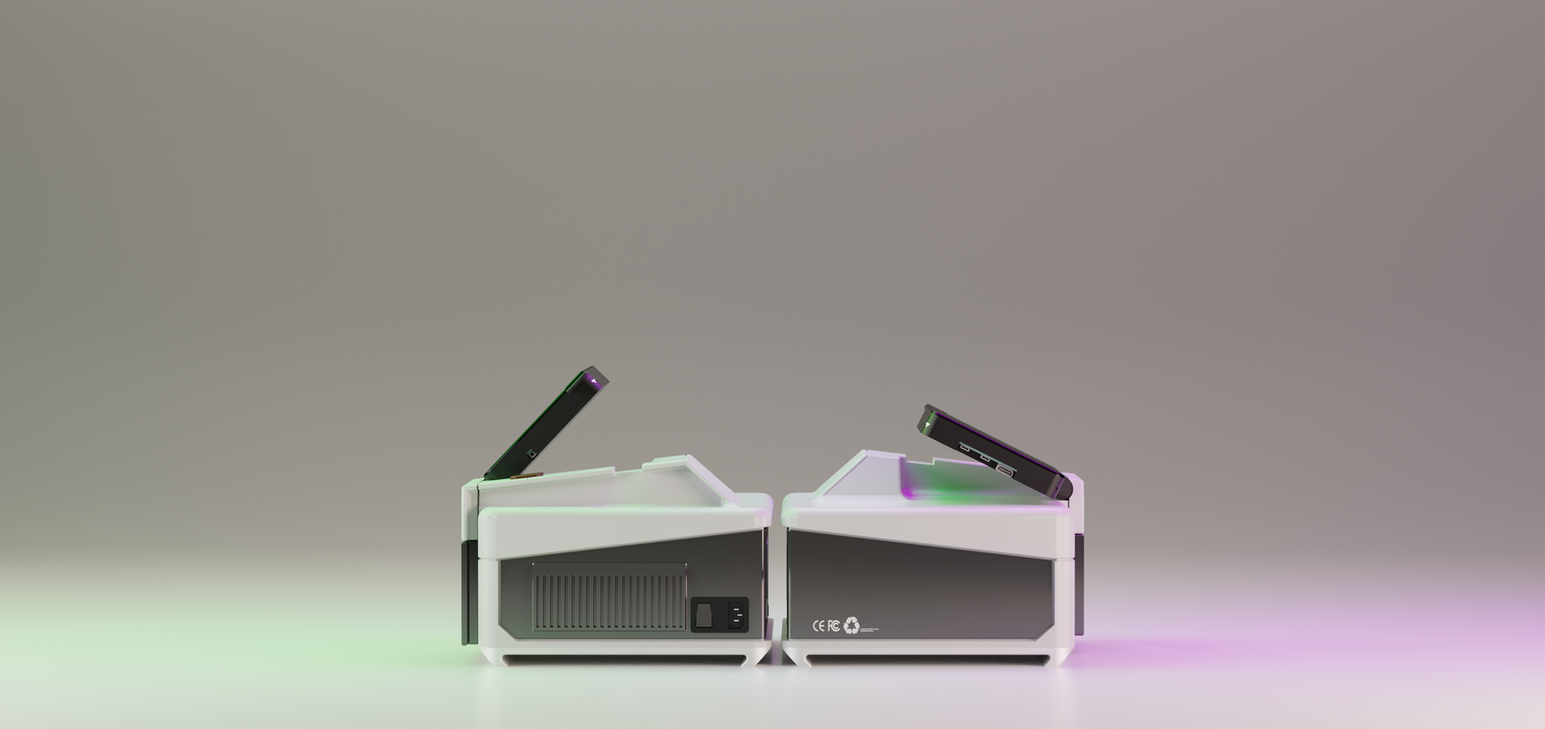
Problems
When creating a comprehensive blood test, two major problems arise:
First, there is often a lengthy process involved in creating the blood test, and second, ensuring patient safety during blood collection is a concern.
The main reason for the former is that blood is usually sent to an external laboratory for analysis after being drawn at the doctor's office. This means that transportation is required at specific times to deliver the blood to the laboratory. Significant time savings could be achieved if the blood could be analyzed directly in the doctor's office. Additionally, this would enable practices in rural areas to operate more independently.
The second problem concerns the patient wellbeing during blood collection. Depending on body fat, skin color, or the experience of the medical staff, it may be necessary to attempt finding a vein multiple times with the same needle. This is not only uncomfortable for patients but can also have serious consequences.
The Icor Blood Analyzer addresses these two issues by combining a robotic guidance system with an internal blood analysis device. This simplifies both blood collection and subsequent analysis.
Sketches








Function
The Project was based on two scientific papers and modified to allow them to be incorporated into the product.
"Development of an Optical Detection-Based Universal Biochemical Blood Analysis platform" was rebuilt by me using the same, if not similar and available sensors connected to an Arduino computer.
Unlike the previous paper, "Deep learning robotic guidance for autonomous vascular access" was only used to showcase the possibilty of incorporationg a robotic device capable of autonomously inserting needles into blood vessels, without it being rebuilt with arduino as a prototype.

After being inserted into the blood vessel the catheter transports the blood into a container, where it is mixed with chemicals that change color depending on which biomarker is being analyzed.
With the help of a peristaltic pump the samples are pushed through a tube.
Each sample alternates with cleaning liquid to ensure, that they dont mix and alter the test results.
After being analysed the liquids are dispensed in a seperat container.
Prototype

The general setup used in the Optical Detection Based Blood Analysis platform
Rebuild platform with the exception of the Themal Managment Unit


Two Liquids to simulate blood and the saline solution
(In this case both water one of them with red food coloring to replicate the color change influenced by the chemicals reacting with the biomarkers )

Halogen (Led ) lamp, cuvette and photodiode (since in the prototype only one biomarker would be analysed, the filter was also left out)

Measurements of different light intensity in the output. Color blocks representing the effect of the different fluids being analysed.



